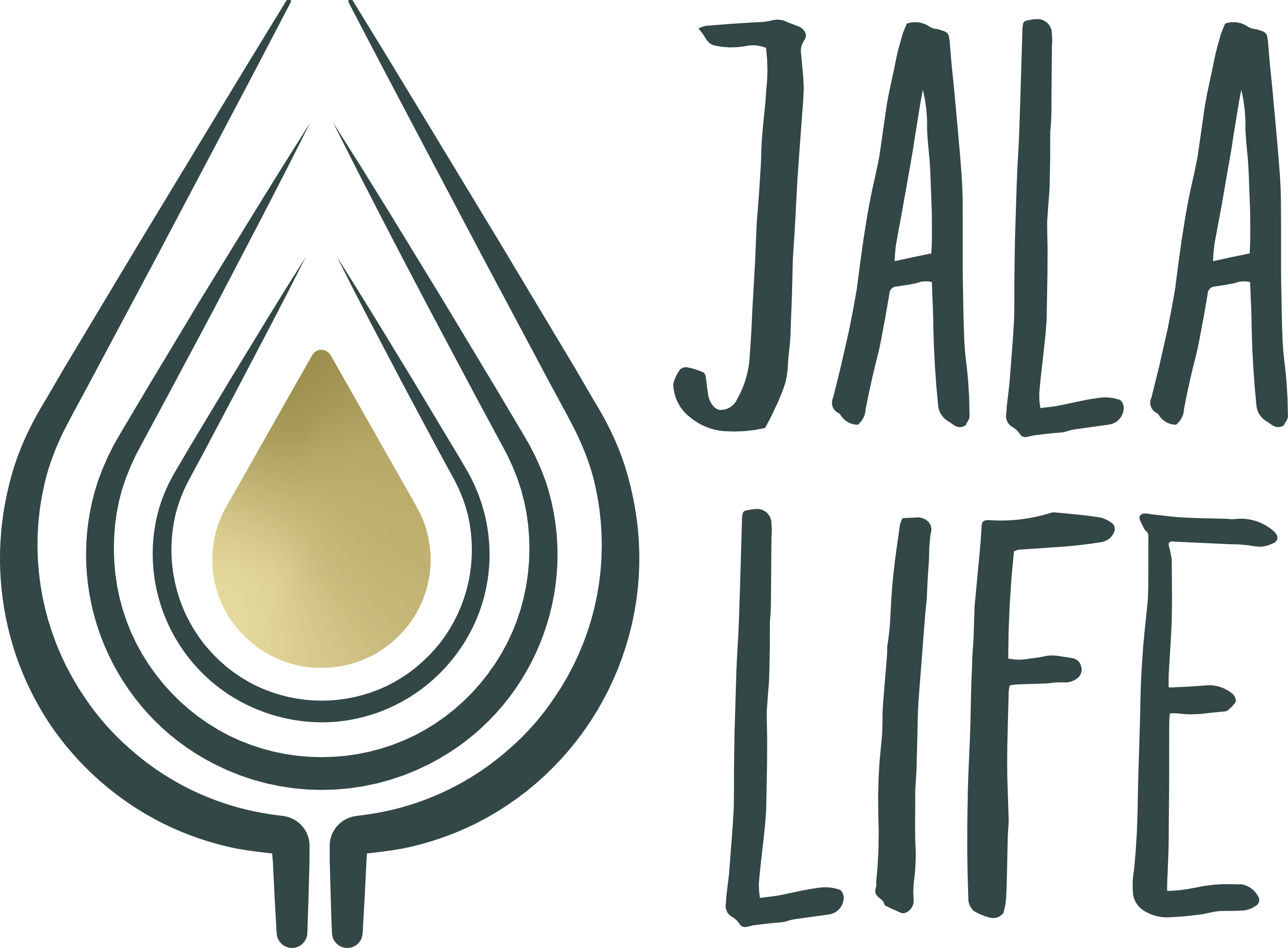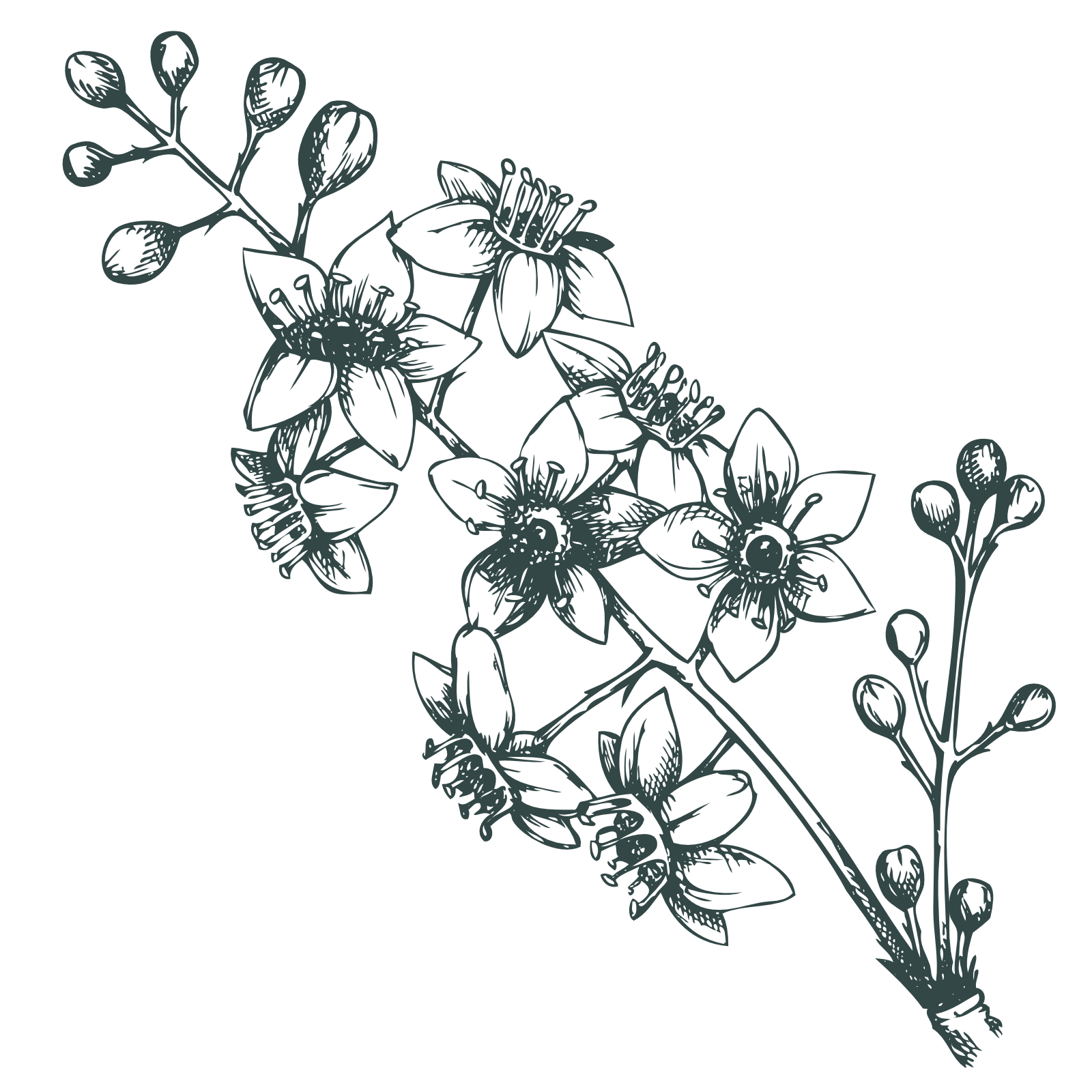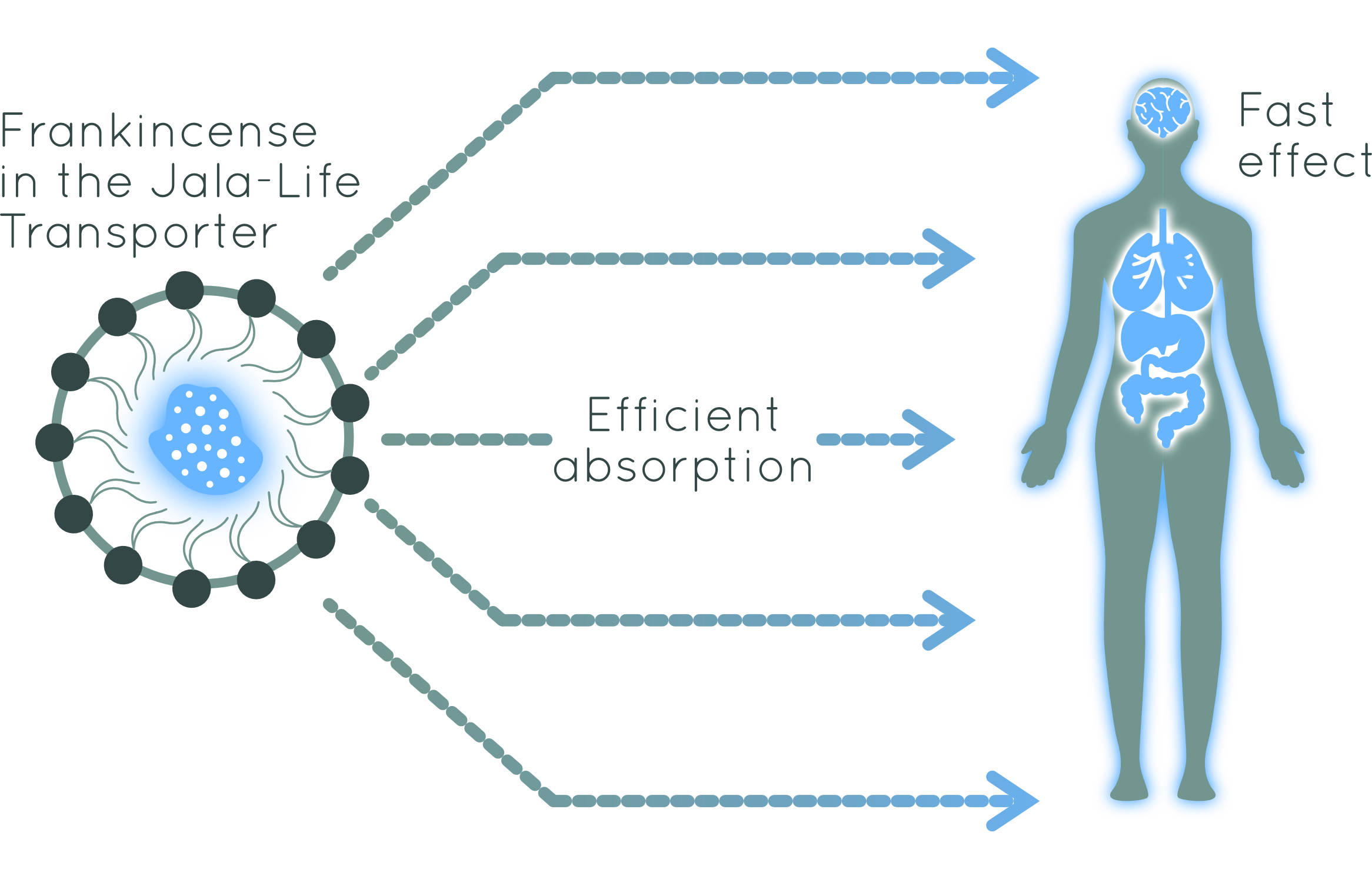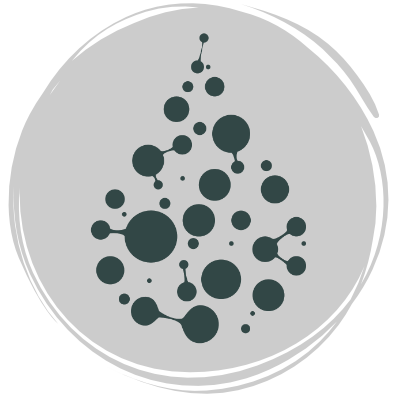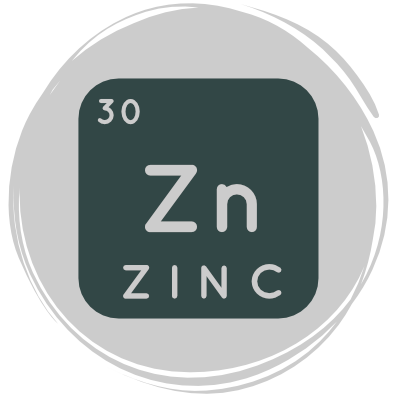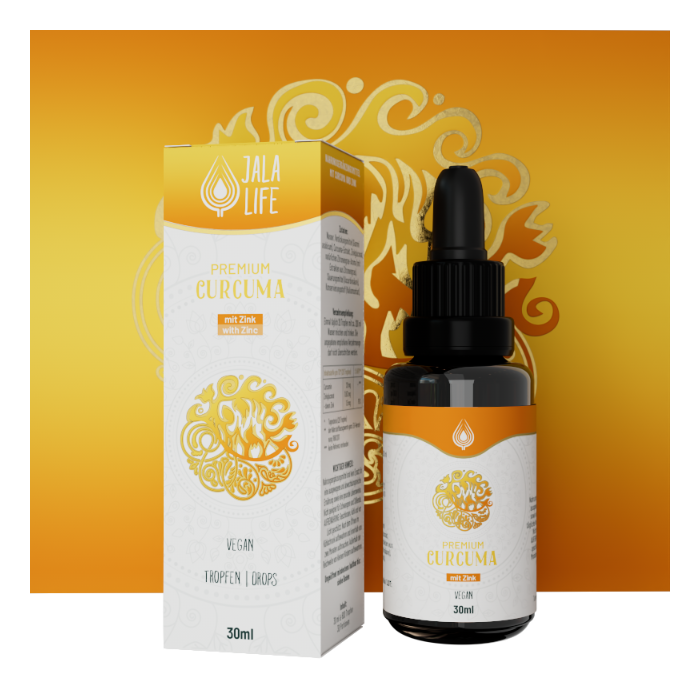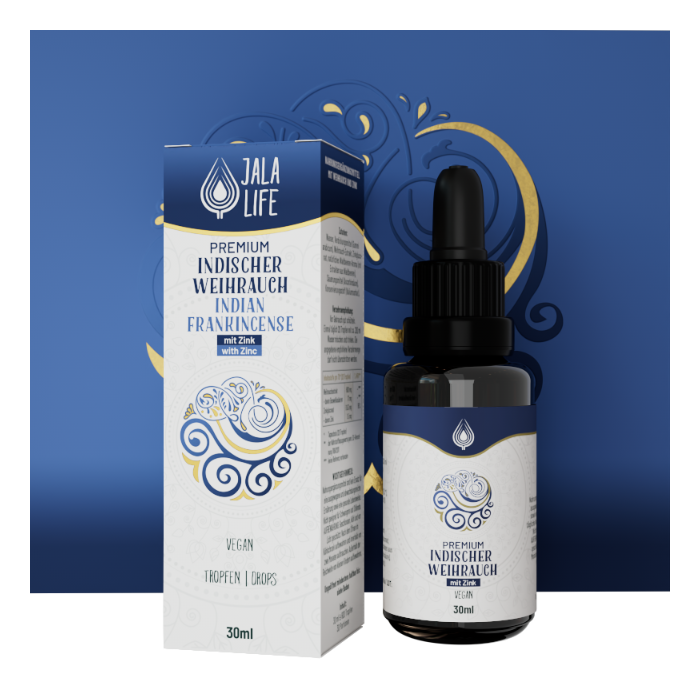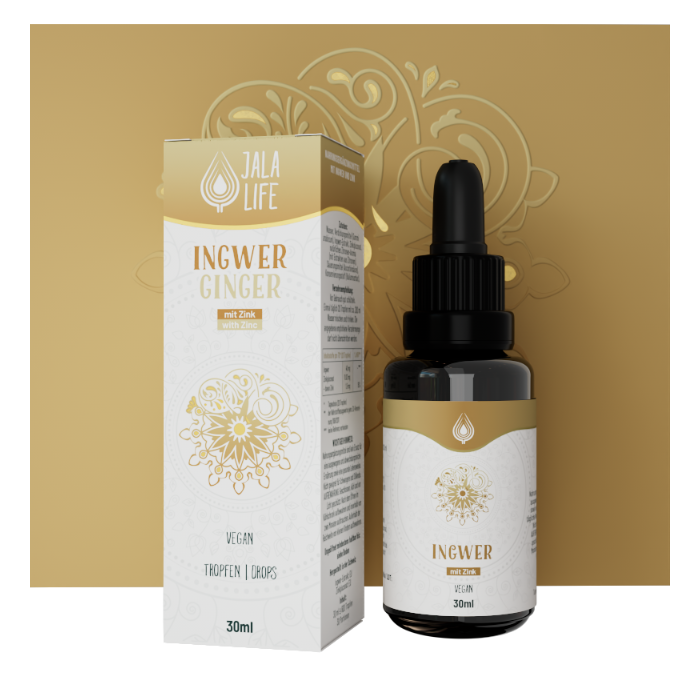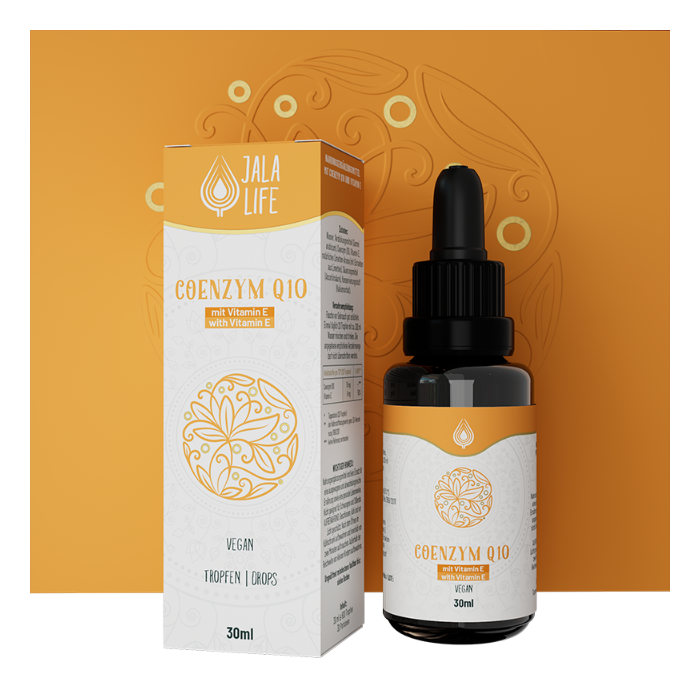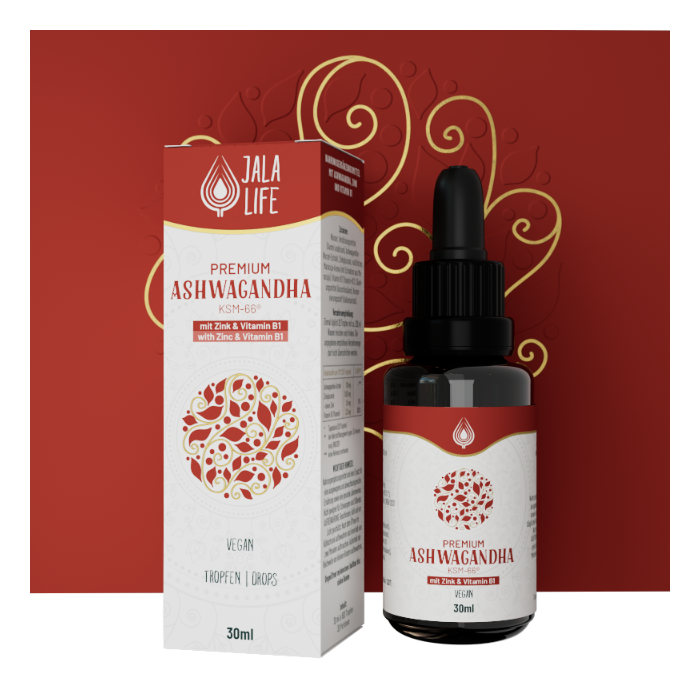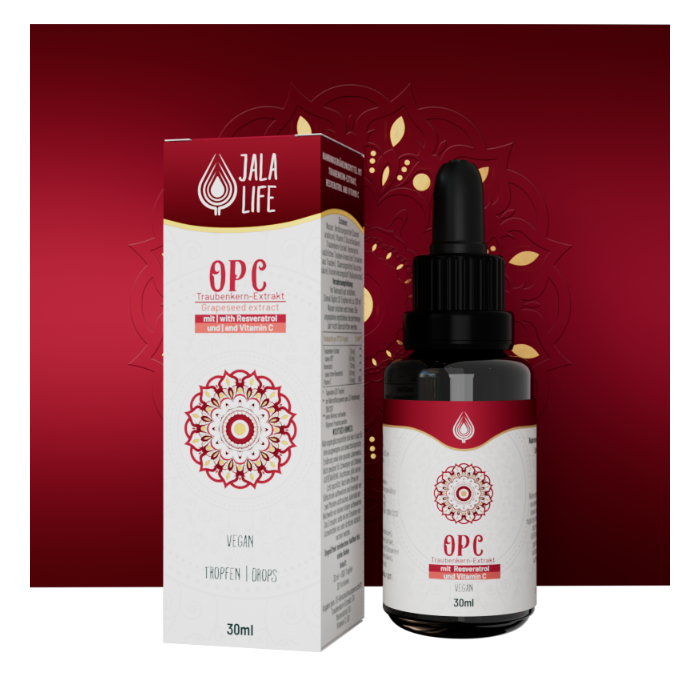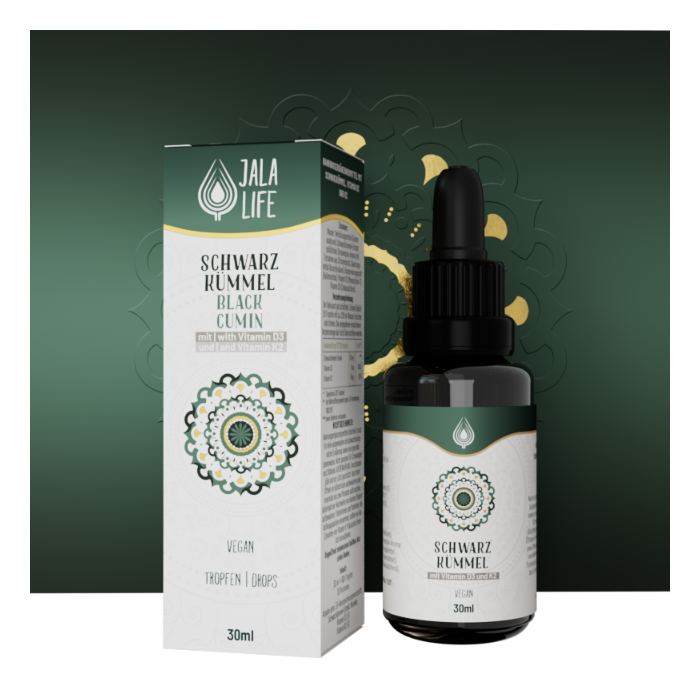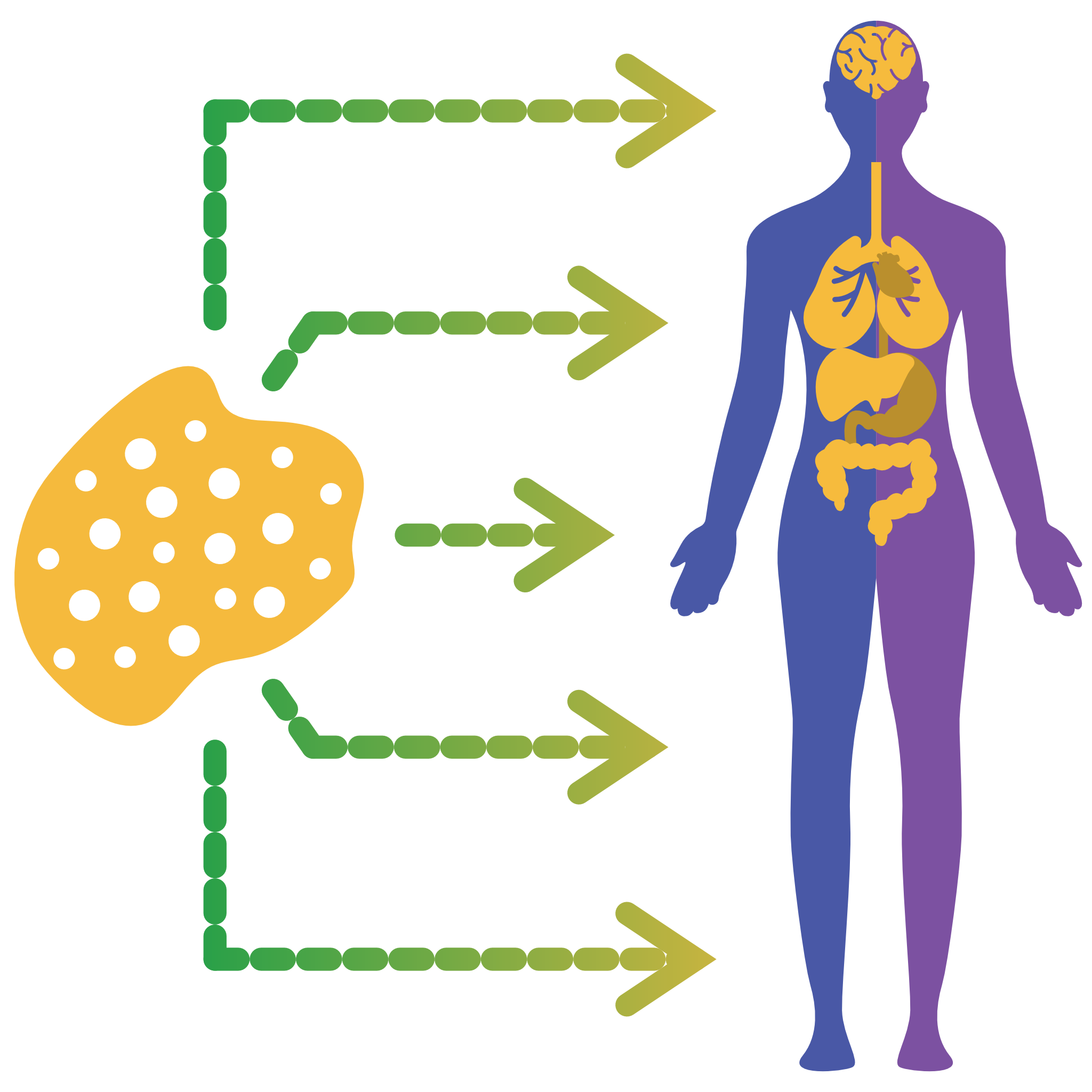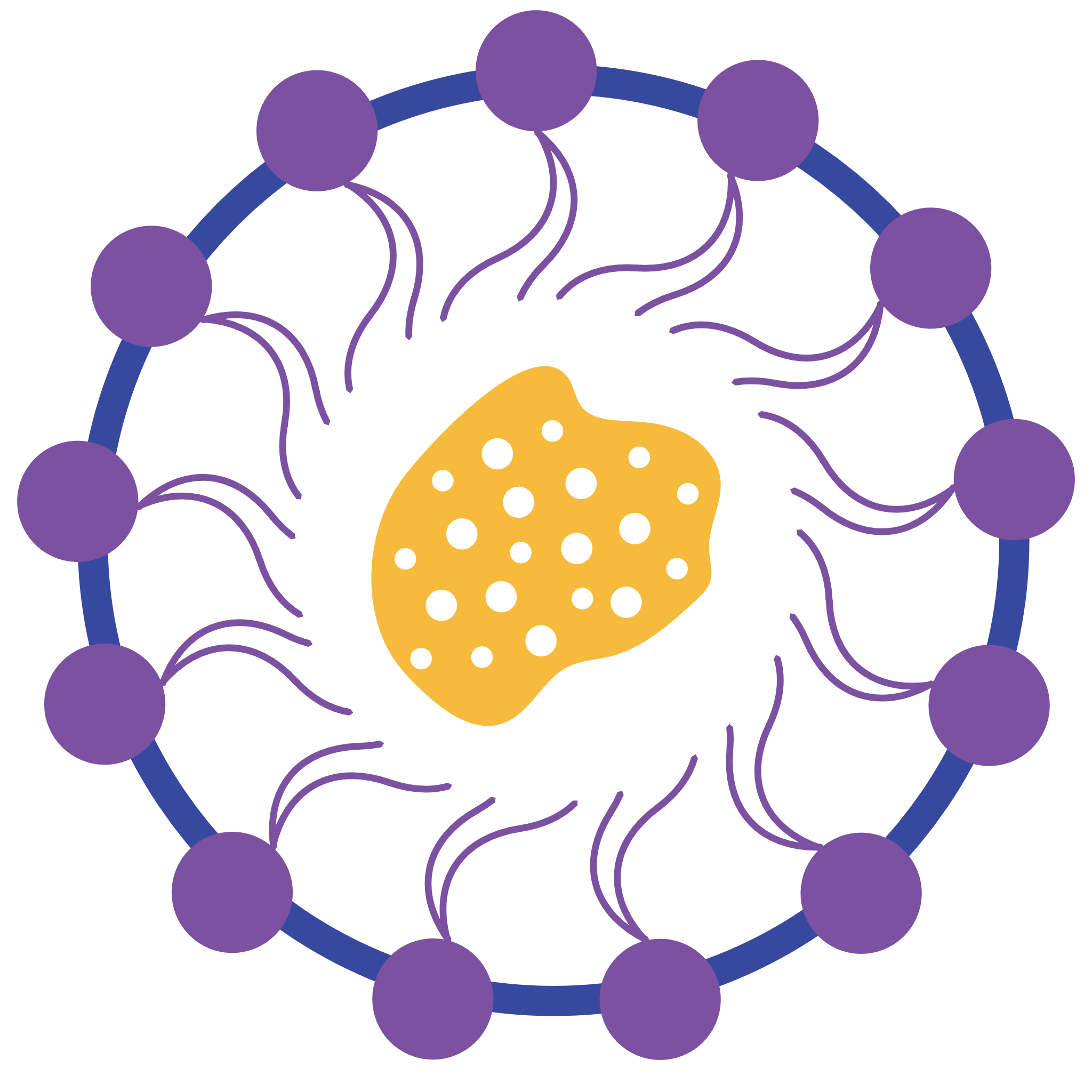Frankincense is obtained from various species of Boswellia, which are mainly found in some parts of Africa, the Arab region and India. Frankincense trees and shrubs reach a height of one to eight meters and contain a milky gum resin in their bark. Indian frankincense (Boswellia serrata) is found mainly in mountainous regions of central and northern India. To harvest the frankincense, cuts are made on the trunk and on thicker branches of the frankincense trees, causing a sticky, milky liquid to come out, which forms the frankincense by drying in the air.
The first harvest takes place between March and April, but yields only a rather low-quality frankincense resin. Only after another three to four weeks can a resin with a higher quality be obtained, which increases with each subsequent harvest.
In traditional Indian medicine, the resin of the frankincense tree has been used for about 2,500 years. The first mention of frankincense as a remedy is found in one of the oldest collections of texts in India, the Charaka Samhita (2nd or 3rd century BC). Traditionally, Indian frankincense is used for rheumatic diseases, bronchial asthma, allergies and inflammation of all kinds.
Today, we know from modern research that the active ingredients contained in the frankincense resin have incredible therapeutic potential. In particular, anti-inflammatory properties are attributed to frankincense, which research has already been able to confirm many times. These anti-inflammatory effects are mainly due to the biological activity of the boswellic acids. Studies have shown that the boswellic acid “AKBA” can inhibit an enzyme in our body that is responsible for the formation of proinflammatory leukotrienes. These messenger substances are closely related to inflammation and allergic reactions in our body. Over the last two decades, the potential efficacy of Indian frankincense has been investigated in rheumatoid arthritis, Crohn’s disease, ulcerative colitis, asthma and osteoarthritis, for example. Almost all of these studies showed very good and promising results!

